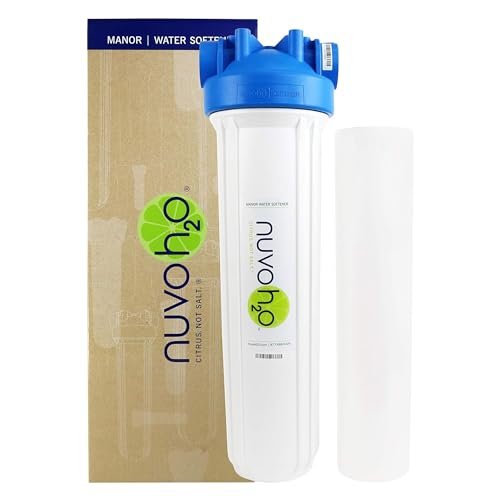If you’ve ever heard the term “hard water” and wondered what exactly it means, this blog post is for you. We’ll discuss what makes water hard, how to tell if you have hard water at home, and the potential health risks associated with it.
What is Hard Water?
Hard water is the term used to describe water with an abundance of dissolved calcium and magnesium ions. These two are the most common contents of hard water.
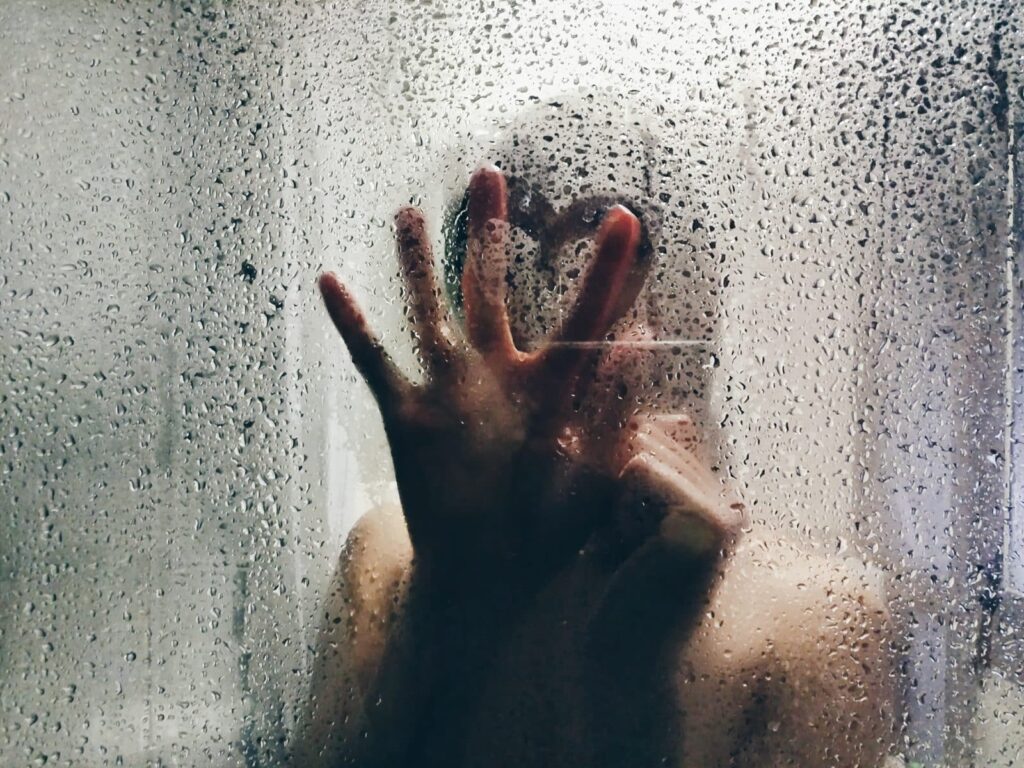
Another criterion for hard water is having more than 7 grains per gallon of calcium carbonate compound.
Hardness level can be measured in ppm (parts per million) or mg/L (milligrams per liter).
Scientists use the pH scale to measure water’s hardness by measuring the liquid’s hydrogen-ion concentration. Low pH indicates the water is acidic, while high pH means water is alkaline, i.e., able to neutralize acids.
The pH scale measures substances from pH 1 – 14, with pH 7 being neutral. The US Environmental Protection Agency recommends that households use water ranging from a pH of 5.5 to 9.
Problems with hard water
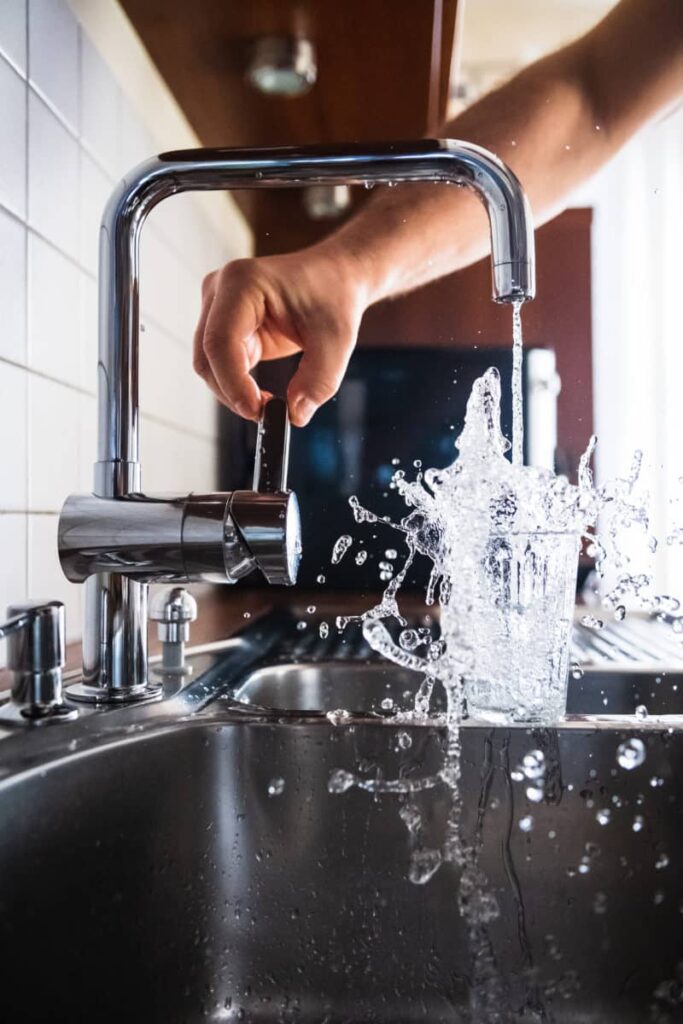
Ionic reactions lead to the formation of mineral deposits. For example, hard heating water makes calcium ions reach bicarbonate ions to form insoluble calcium carbonate, as shown.
The precipitate formed is called scale. It coats your heating appliances hence reducing heat transfer. As a result, food cooks slowly and unevenly. In industries, boilers get covered with scale, reducing efficiency in the heating transfer.
That skyrockets the electricity bills for heating. Cooking vessels become stained as well as dishes. The scale also builds in pipes, and they must be replaced.
Everything wrong with hard water
You might think having calcium in your water is bad, but it’s not. Calcium is an essential electrolyte that the body needs a regular supply of to function well. Because of this, some water filters have included a remineralization feature in their systems to preserve the calcium ions in the water. But then again, too much is not good. An excessive amount of calcium in your water can also have negative effects.
1. Damage to Water Pipes and Appliances
Over time, the circulation of hard water can result in the accumulation of limescale in the plumbing. Limescale is a calcium carbonate precipitate that forms upon evaporation of hard water. It can cause pipe clogging and can affect the function of your appliances that use water.
This can leave stains on your kitchenware and damage the many things exposed to it. In addition, the longer an appliance holds hard water, the higher the possibility of limescale buildup, especially if the water is heavily contaminated with calcium ions.
2. Skin Irritation
Hard water is highly alkaline and has a high pH and mineral content. Highly sensitive skin may not react well when it comes in contact with hard water. Some people may experience extreme skin dryness, rashes, irritation, clogged pores, and acne. There are times when the culprit of skin irritations is the quality of water that you use.
It can also lead to more serious skin problems like eczema and dermatitis. Your hair can also become more brittle and dull, and your scalp can be affected by the quality of water that you wash it with.
3. Persistent Stains
Even if the water has dried up on the surface, that does not mean the mineral content is gone. On the contrary, it most likely remained even after the water had evaporated.
This is why the dark discolorations and stains on your tile surfaces, bathtubs, kitchenware, toilets, and other things in your house are constantly exposed to the water. Another not-so-fun fact, hard water reduces the lathering of your soaps and detergents.
Some strategies to “soften” hard water
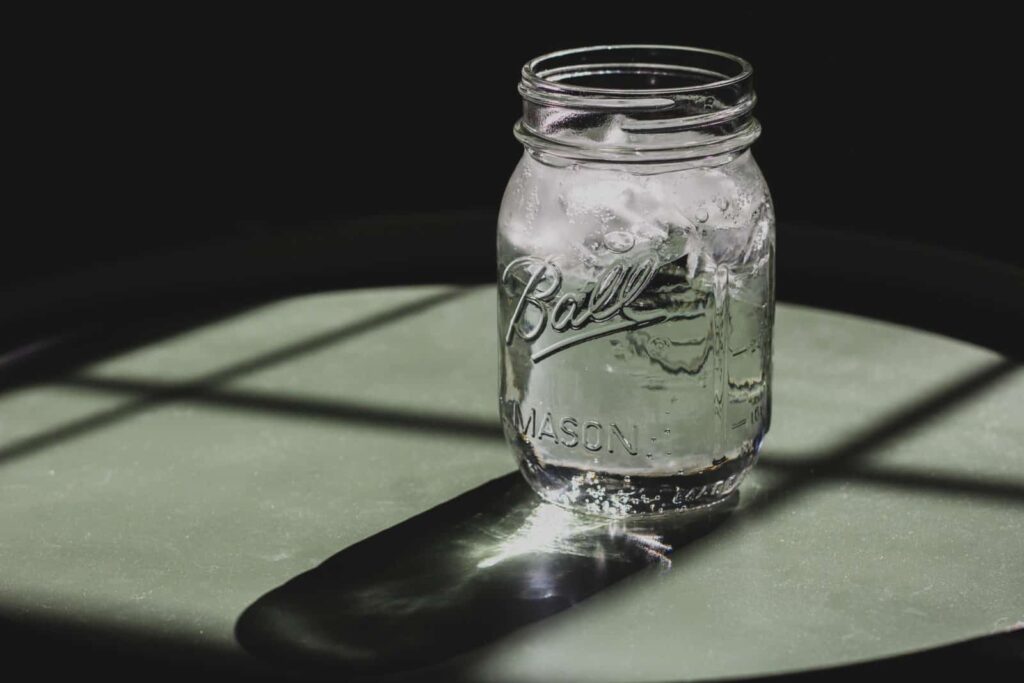
The lime-soda treatment is used for large-scale water treatment to remove magnesium and calcium ions. Water can be treated by adding slaked lime, Ca(OH)2, and soda ash, Na2CO3. The results are CaCO3 and Mg(OH)2 insoluble precipitates.
Ca(OH)2 is slightly soluble in water. It, therefore, dissociates in water to give Ca2+ ions and OH- ions for every unit of Ca(OH)2.
Magnesium ions, Mg2+, react with 2 hydroxide ions, 2 OH-, to form magnesium hydroxide.
Household water softeners use ion exchange to soften water. When water containing Ca2+ and Mg2+ ions is passed through the ion exchange column, these ions attract the anion groups, e.g., COO-. As a result, the Na+ ions in the beads are replaced as Na+ goes into the water.
Sources of hardness minerals in drinking water
Water is a universal solvent. It picks carbon dioxide to form a weak carbonic acid. Underground water dissolves minerals in soil and rocks in its solution. Calcium and magnesium are the most common minerals that make water hard.
Therefore, the degree of water hardness is determined by the concentration of magnesium and calcium.
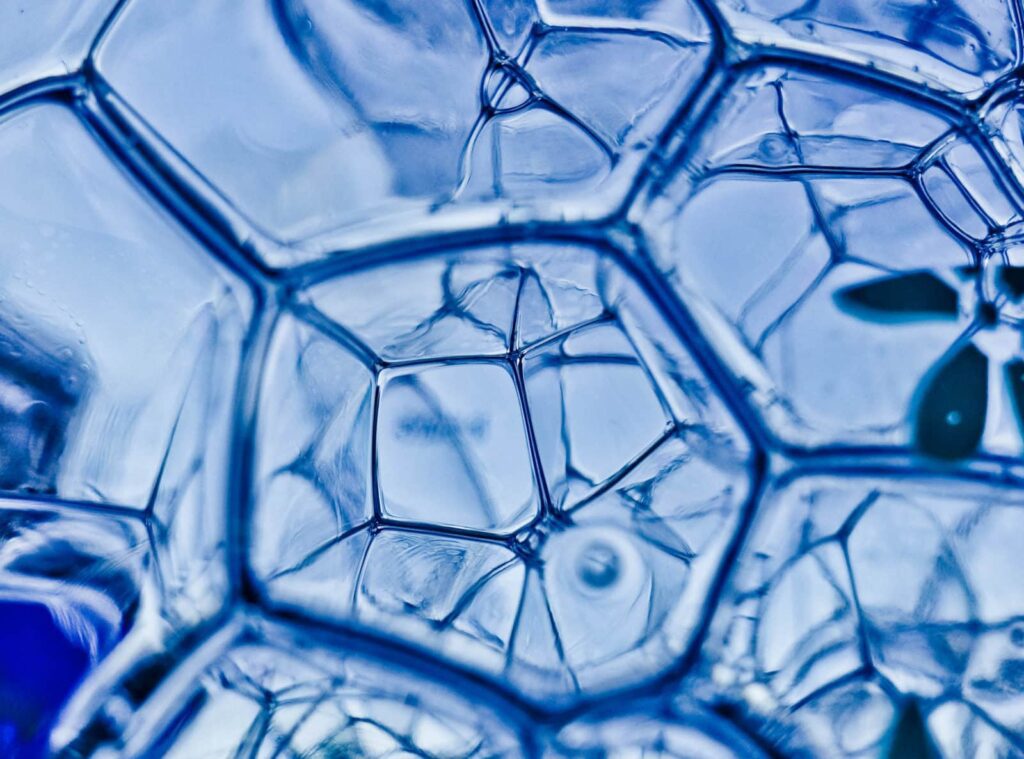
Indications of hard water
Common signs of hard water are using more soap to clean hands, dishes, and laundry. In addition, certain types of fish die in your aquarium if you supply hard water.
Alkaline deposits damage plumbing systems, dishwashers, and other appliances. You also notice mineral deposits on your dishes and insoluble scum in your bathtub. Magnesium and calcium ions do not pose health threats but make water unfit for many uses unless it is softened.
- Clothes washed in hard water eel dingy and scratchy
- Spots on dishes and glass upon drying
- Visible film on glass doors, bathtubs, shower walls, sinks, etc.
- Hair feels sticky and dull after cleaning in hard water
- Deposits in pipes cause reduced water flow
- Using more soap and detergent to clean clothes, hands, dishes, etc.
- Visible sticky soap curd on utensils
- Noticeable sticky soap curd on the skin after bathing
- Irritation on the skin because resulting from soap curd on the skin
- Dull hair upon cleaning with hard water
- The fabric feels stiff and rough during cleaning
- A sour odor develops on the clothes
- Graying of fabric and loss of brightness color
- Continuous laundering shortens the lifespan of clothes
- Soap curds deposit on bathtubs, utensils, showers, etc.
- Inefficient operations when using appliances because of the buildup of scale
- Red and black stains on dishwashers
Scale deposits are the typical indication of water hardness. Calcium, magnesium, and other divalent or trivalent metallic elements are the common causes of water hardness.
Potential health effects
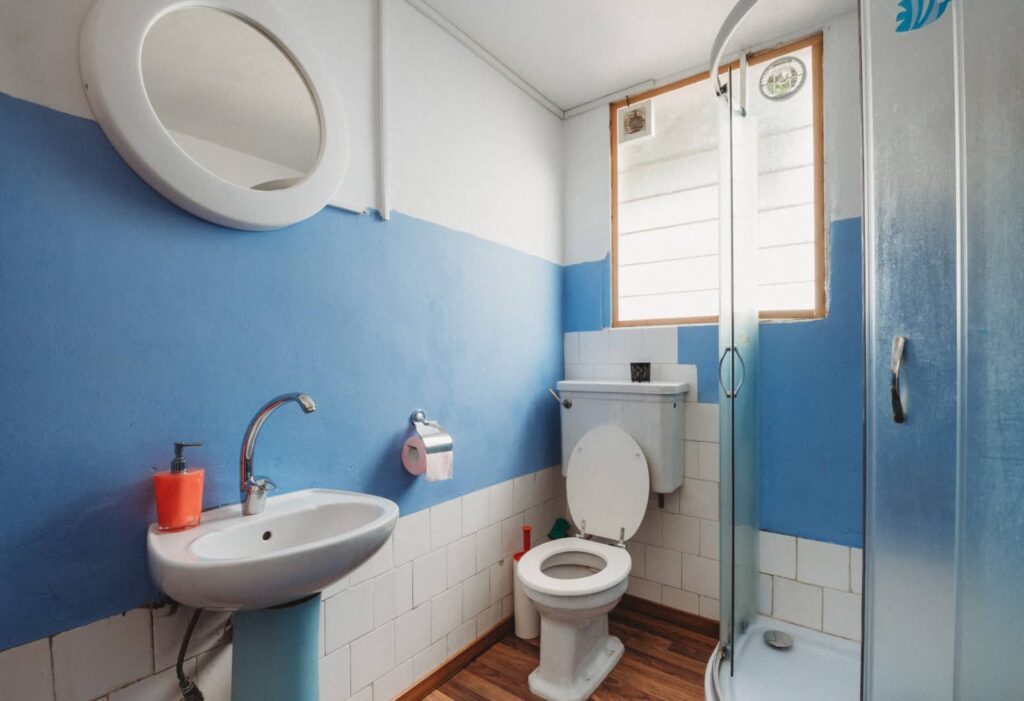
Drinking hard water is not a health hazard. On the contrary, it contributes to supplying magnesium and calcium dietary needs.
However, if you notice the presence of iron and manganese, ensure that you check for arsenic levels in your water. In addition, their research on the relationship between water hardness and cardiovascular disease mortality remains.
Some studies suggest that ward water lowers the cardiovascular disease mortality rate, while others do not indicate so. The National Research states that the current results are inconclusive, and further research must be done.
Water testing
People get water supply from their municipality and some from private water sources. The municipality is responsible for testing water hardness. If yours is from a private source, you can test it yourself. Some labs offer a water hardness test at a fee. They give a comprehensive test and result in analytics of your water. You can buy DIY test kits and strips to get an estimate.
Interpreting test results
Water hardness is given in grains per gallon, milligrams per liter (mg/l), or parts per million. One grain of hardness equals 17.1 mg/l or parts per million of hardness.
The Environmental Protection Agency classifies drinking water into Primary standards and Secondary Standards.
Primary Standards are based on health considerations, while Secondary Standards are based on odor, taste, color, corrosivity, foaming, and staining water properties. The US Department of Interior and Water Quality Association uses this scale.
| classification | Ppm or mg/l | Grains/gal |
| soft | 0 – 17.1 | 0 – 1 |
| Slightly hard | 17.1 – 60 | 1 – 3.5 |
| Average hardness | 60 – 120 | 3.5 – 7.0 |
| Hard | 120 – 180 | 7.0 – 10.5 |
| Very hard | 180+ | 10.5 and over |
Drops of soap – a hardness water test
| Drops of soap in 12 oz. | Hardness – CaCo3/L | Grains per gallon | Classification |
| 10 | 0 – 17.1 | 0 – 1 | Sot |
| 20 | 17.1 – 60 | 1 – 3.5 | Slightly hard |
| 30 | 60 – 120 | 3.5 – 7.0 | Moderate hard |
| 40 | 120 – 180 | 7.0 – 10.5 | Hard |
| 50 | 180 and over | 10.5 and over | Very hard |
Options
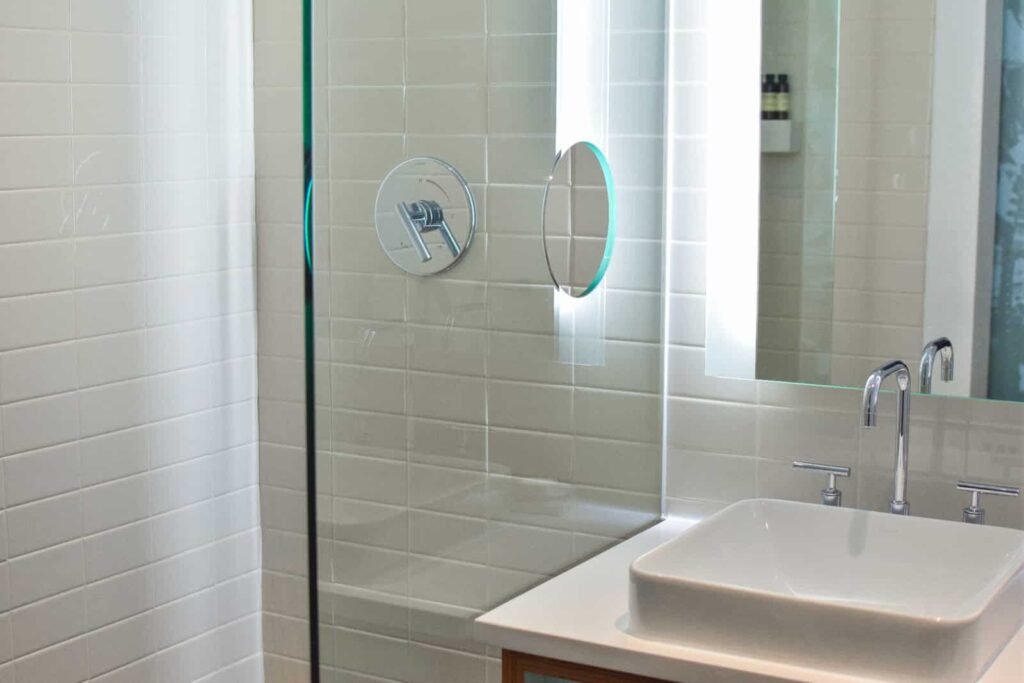
You can use a packaged water softener or a mechanical water softening unit. Packaged water softeners use chemicals and are classified as precipitating and non-precipitating.
Precipitating water softeners use borax and washing soda. They form insoluble precipitates with calcium and magnesium ions. As a result, the water becomes cloudy and builds upon surfaces. It, however, increases water alkalinity, which causes damage to the skin and other materials.
Non-precipitating water softeners use complex phosphates to counter magnesium and calcium ions. They don’t precipitate or increase alkalinity. Instead, they dissolve curd for a limited period.
The mechanical water softening units are connected to your central plumbing system to filter magnesium and calcium continuously. It uses the ion exchange process. It has a chamber with supersaturated beads of sodium.
Hardness minerals attach to the resin beads when hard water is passed through, and sodium from resin is gradually released into the water. Therefore, recharging must be done by flushing brine through it. The ion exchange column adds sodium at the rate of 8mg/liter or every hardness grain removed.
Some people are barred from drinking soft water because of sodium. It is also not good for watering plants.
Potassium chloride is sometimes used as an alternative to creating brine. Potassium is used in place of sodium for hardness mineral exchange.
Test water hardness and iron content before selecting a mechanical water softener. When choosing a water softener, consider its capacity to remove water hardness, the regeneration control system, and iron limitations.
There are three types of regeneration systems. These are the time clock, water meter, and hardness sensor control.
There are small-capacity softeners and large-capacity softeners. First, identify your daily water supply requirement to help you determine the best softener to use. Then, multiply your household water needs and the water hardness (grains/gallon).
Water treatment improves hardness issues
You need a water softening system for the whole house or building supply, not just a faucet. Use the following methods to soften your water for wholeness supply:
- Cation exchange softening
- Membrane separation filtration
- Chemical softening
Summary
Hard water is not a threat to human health. You can approximate the hardness of water using a home water testing kit. Advanced and more accurate results can be obtained using a certified laboratory test.
You can manage the hardness of your water using the automatic ion exchange softening unit and the packaged water softeners. You can also look out for sodium-free softeners to reduce moderate hardness only.

Jay
Jay is a health and wellness enthusiast with expertise in water quality and nutrition. As a knowledgeable advocate for holistic well-being, Jay successfully manages Type 2 Diabetes through informed lifestyle choices. Committed to sharing reliable and authoritative insights, Jay combines firsthand experience with a passion for enhancing health."

